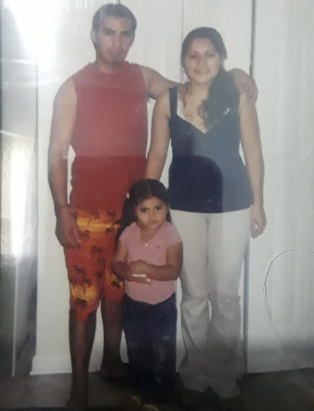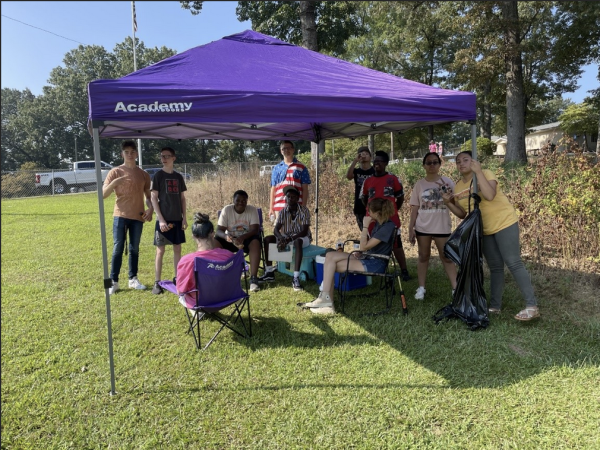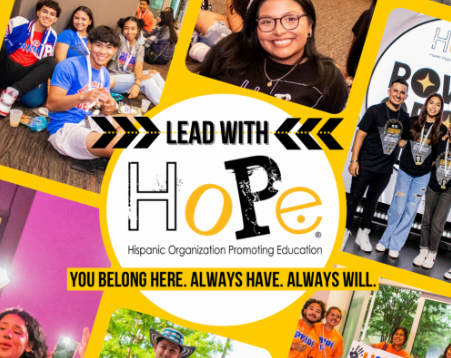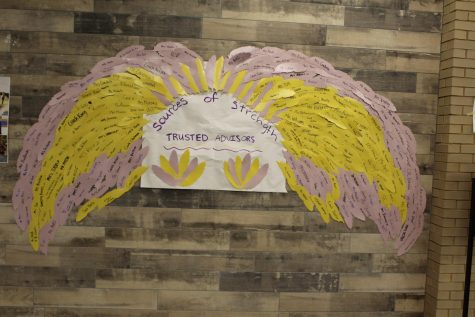Colors of Cartersville
An Exploration of Our School’s Diversity
October 22, 2018
When the word “racism” is mentioned, the first thing that comes to mind is someone thinking lesser of someone else because of the color of their skin, ethnicity, nationality, and race. I am from India, and I moved to the United States in 2015. At times, I have faced discrimination in public places. At Cartersville High School, however, I have always felt welcome. Every. Single Day.
In fact, the majority of students feel welcome here, no matter their background or skin color. I personally think that we can stop racism by speaking up against it. The best way to stop racism is by starting with ourselves.
Back in the day, American schools were taught primarily by white females, with the occasional white male instructor thrown in for good measure. Even after desegregation, schools in the South have remained predominantly segregated, except for pockets of diversity. The result is a multitude of people primarily from the same background, breeding like-mindedness, discouraging alternate viewpoints, and dissuading creativity.
It is vital that there be different cultures and racial backgrounds in one school. Reading history books and talking about cultural diversity is not enough. Cartersville High, however, is quite diverse and flourishes because of it.
Because education in schools is not, and should never be, linear.
Yes, students learn from teachers, but students also learn from their peers. Even teachers themselves can learn from their students. With more diversity, education flourishes.
Mrs. Amy Archer, the Embry-Riddle instructor here at Cartersville High, was asked what diversity means to her, and she answered by borrowing from a story she saw on social media about paragraph construction. She explained that if every sentence had five words in it, with similar sentence construction, the paragraph would be incredibly boring. But if a paragraph includes multiple sentence lengths and types and incorporates simple and complex phrasing, the paragraph is much more interesting and effective.
Mrs. Archer explained that the same may be said with regard to diversity: “When you start adding up all these different cultures, beliefs, ideas, skin tones… then the outcome is this beautiful paragraph, where the paragraph [represents] a normal classroom.”
Diversity makes the outcome richer, more beautiful, and more effective.
According to NICHE, a site dedicated to compiling data and ranking school systems in the state, Cartersville High School is the sixth most diverse high school in Georgia. It has students from across a variety of continents, political views, backgrounds, experiences, racial contexts, talents, skills, and world views, bringing richness and educational possibilities to classrooms every day.
Michael Davis, a sophomore at CHS, argued that “if everyone had the same skin color and had the same background, the world would be less exciting. God gave us race for us to be curious about one another.” He also stressed that people “should not be judged on the color of their skin” or “be treated differently either… at the end of the day, we are all humans.”
English teacher Kimberly Foster discussed how an individual’s concept of race and diversity evolves with knowledge and experience.”I think asking me at 32, [race] means one thing… if you ask me at age of 15, I would have answered it differently.” She went on to explain where she grew up” there were white and black people. There was nothing else, and that was the only thing I knew about race.”
Mrs. Foster cites Maya Angelou’s famous quote as her guideline in teaching. “I’ve learned that people will forget what you said, people will forget what you did, but people will never forget how you made them feel.” As a teacher she instructs students who are vastly different in so many ways, so her primary focus is to make them “feel welcomed and loved regardless of what [they] look like and regardless of where [they] came from!”
When asked what can be done to help alleviate and prevent racism, Kenya Rowser, robotics teacher at CHS, explained, “It [must begin] with yourself. If you treat people with respect, honor, dignity — and if everyone did that for everybody — that’s how we can eradicate racism. On a global scale, we cannot change the entire culture of America, the way that we can affect change is – by starting with ourselves.”
Well said, Mrs. Rowser. Now let’s all live it.














